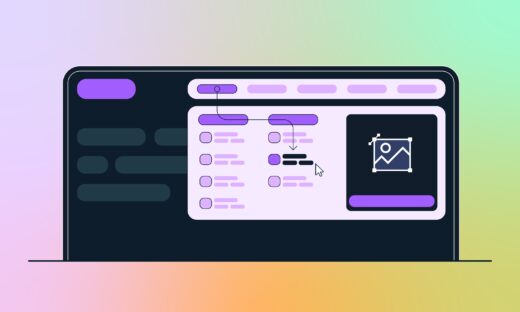Expert insights from our team.
Client Spotlight with Jonathan Eate
4 min read
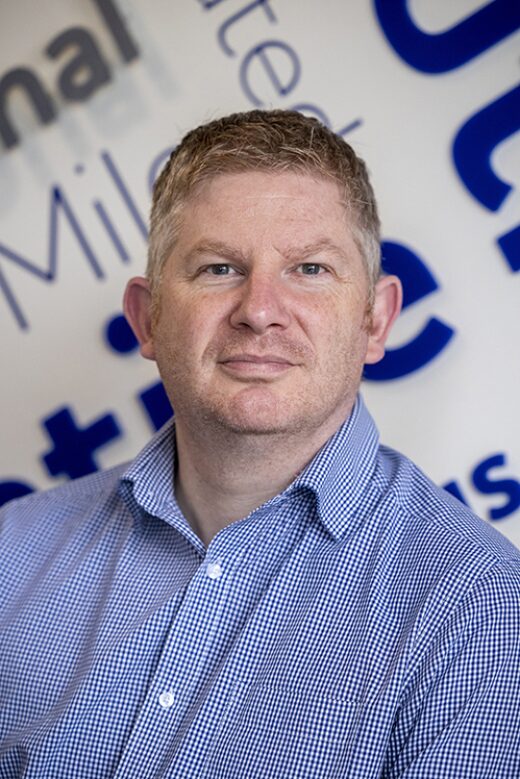
Dot All Conference 2025
4 min read

Our SXO round-up & talk recording from Dot All 2025
1 min read
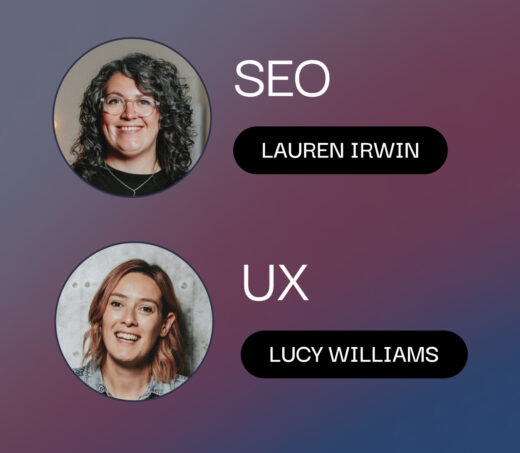
Putting people at the heart of every project
2 min read

Lucy and Lauren due to speak about SXO at Dot All 2025
2 min read
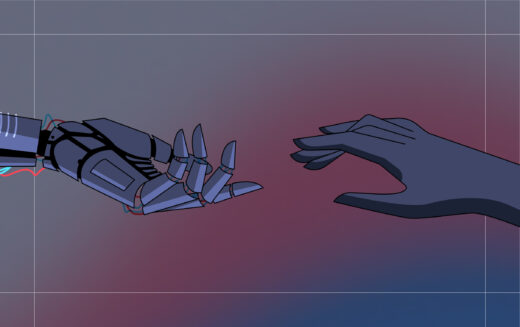
The return of handcrafted brand illustration
3 min read

Mars Sustainable Solutions partners with Abstrakt
2 min read
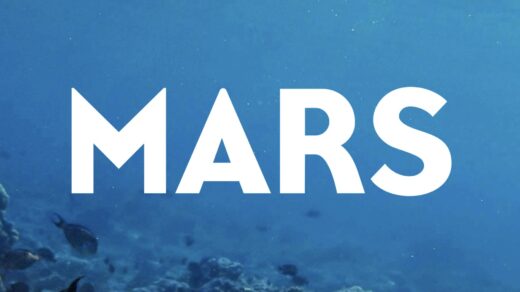
The hidden UX issues costing you customers.
2 min read
